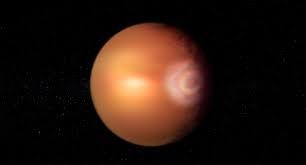When you think of extreme weather, you probably imagine hurricanes, tornadoes, or maybe even deadly blizzards. But what if I told you there’s a place where liquid metal falls from the sky like raindrops? Welcome to one of the most bizarre worlds we’ve discovered beyond our solar system – a so extreme it challenges everything we thought we knew about weather patterns in the universe. Scientists have recently discovered conditions on WASP-76b that sound more like science fiction than reality. This isn’t just another distant world with unusual features. It’s a place where the very laws of physics create weather systems that would make Earth’s most violent storms look like gentle spring showers.
Meet WASP-76b: The Ultimate Extreme World
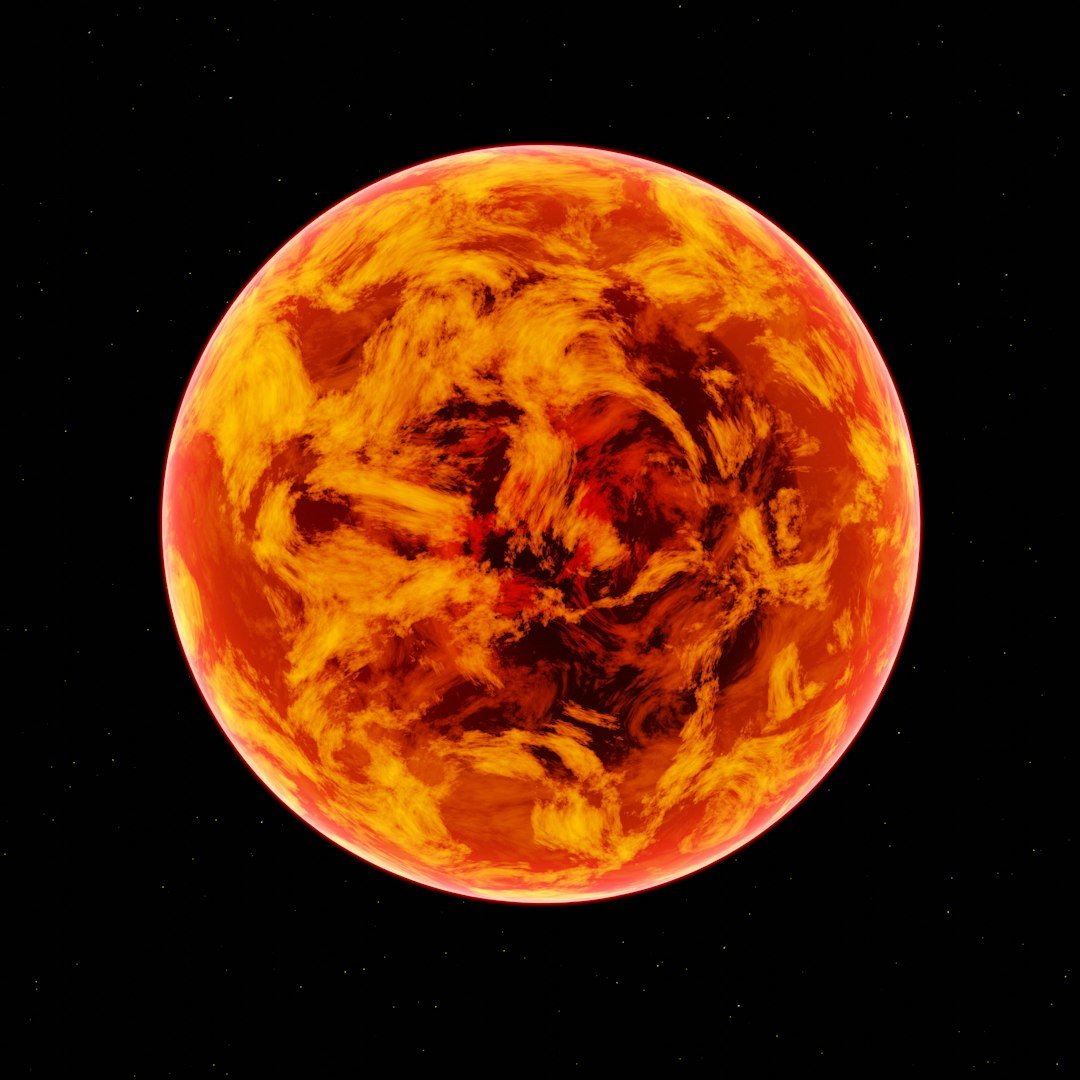
WASP-76b is an exoplanet classified as a Hot Jupiter located in the constellation Pisces and orbits its host star, WASP-76, at a distance of approximately 0.033 AU. This gas giant sits ridiculously close to its star – imagine if Jupiter decided to move twenty times closer to the Sun than Mercury currently orbits. Its orbital period is approximately 1.8 days, and its mass is about 0.92 times that of Jupiter. WASP-76b was discovered in 2013, but it wasn’t until recently that scientists truly understood just how wild this world really is. Located roughly six hundred and forty light-years from Earth, this planet represents everything we never expected to find in our cosmic neighborhood. Think of it as nature’s most extreme chemistry experiment happening on a planetary scale.
Temperatures That Melt Everything
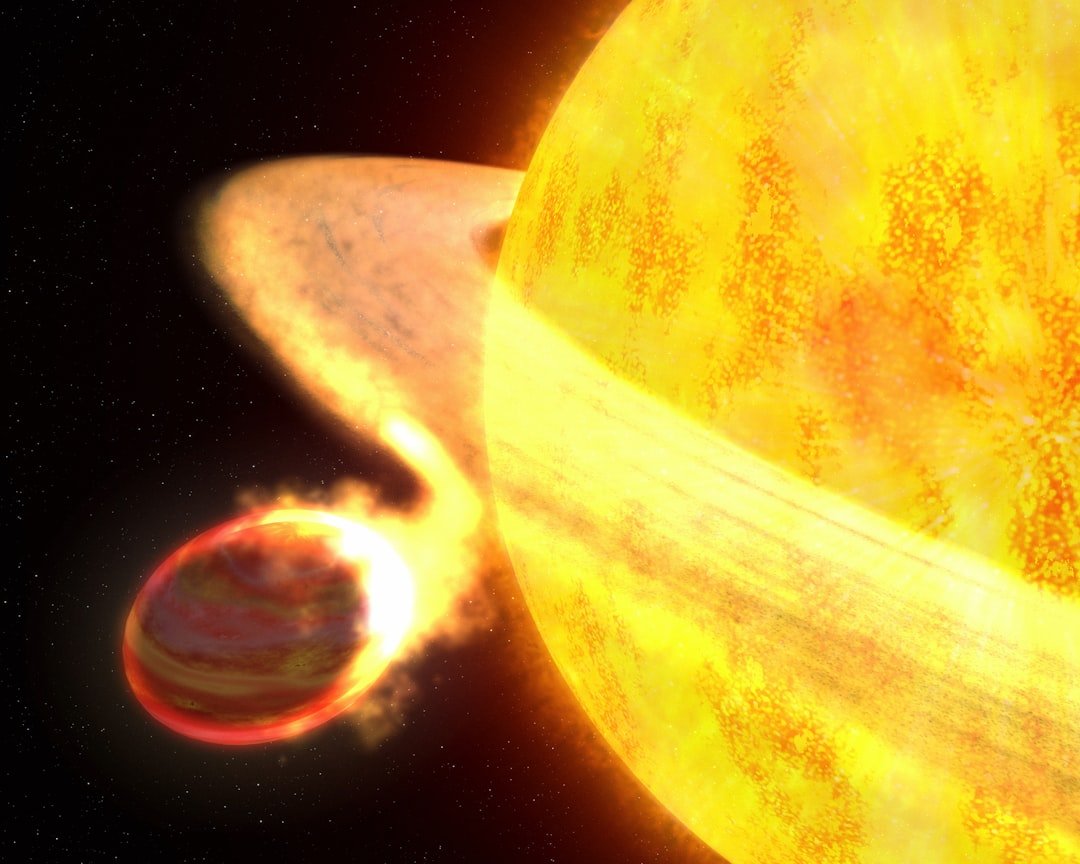
The equilibrium temperature of WASP-76b is estimated to be around 2,190 K (1,920 °C; 3,480 °F), However, the measured daytime temperature is higher, reaching approximately 2,500 ± 200 K (2,227 ± 200 °C; 4,040 ± 360 °F). These aren’t just hot temperatures – they’re literally hot enough to vaporize metals. Temperatures on this dayside climb above 4,350 degrees Fahrenheit (2,400 degrees Celsius) – hot enough to vaporize metals – whereas the nightside is a much cooler (but still ridiculous) 2,730 F (1,500 C). To put this in perspective, steel melts at around two thousand six hundred degrees Fahrenheit. WASP-76b’s dayside temperatures are nearly twice as hot as that. It’s so hot that molecules separate into atoms, and metals like evaporate into the atmosphere. This creates atmospheric conditions unlike anything we see in our solar system, where even the most robust materials would instantly turn to gas.
The Science Behind Rain
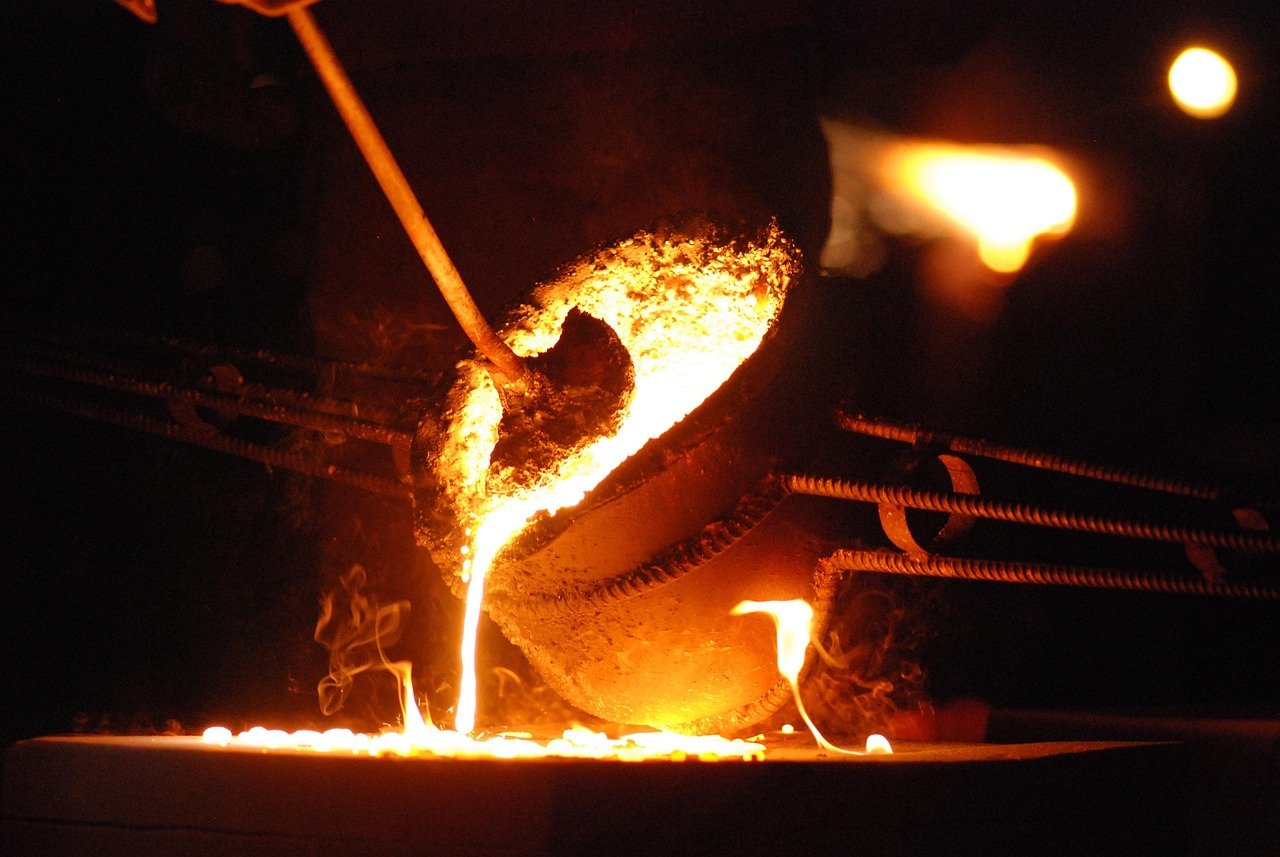
The conditions required for the vaporization and condensation of neutral were determined to be a temperature of 2,400 °C (2,700 K; 4,400 °F) and a lower temperature of 1,400 °C (1,700 K; 2,600 °F) for condensation. Under these specific temperature conditions, neutral could potentially precipitate like liquid rain. This discovery represents one of the most extraordinary weather phenomena ever documented on an exoplanet. The process works like a twisted version of Earth’s water cycle. Instead of water evaporating from oceans and condensing into clouds, vaporizes on the dayside and gets transported to cooler regions where it condenses back into liquid droplets. When the reaches the transition between day and night (or the evening), the temperature decreases, and the condenses into liquid drops. It’s essentially a metal-based weather system operating at temperatures that would destroy most spacecraft.
Tidal Locking Creates Permanent Day and Night
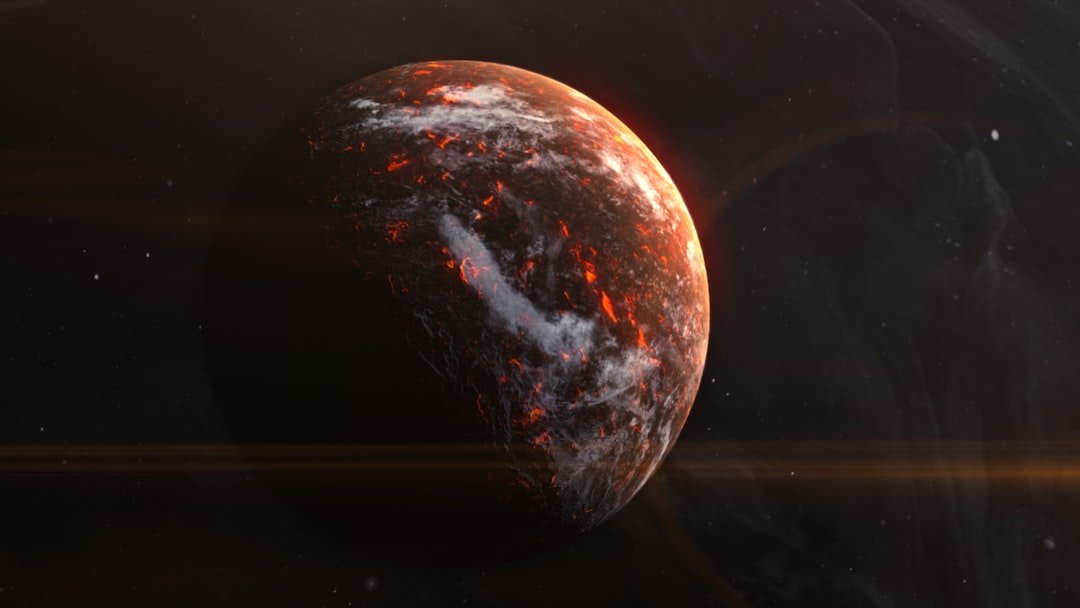
Like the Moon on its orbit around the Earth, WASP-76b is ‘tidally locked’: it takes as long to rotate around its axis as it does to go around the star. This creates one of the most dramatic planetary envments imaginable – a world where one side experiences eternal blazing daylight while the other remains in perpetual darkness. It therefore always shows the same side to its star and has one side where it is perpetually night and one side where it is perpetually day. This permanent division creates the perfect conditions for the rain phenomenon. The day side acts like a massive metal vaporizer, while the night side becomes a condensation zone where liquid metal forms and falls. This strange phenomenon happens because the ‘ rain’ planet only ever shows one face, its day side, to its parent star, its cooler night side remaining in perpetual darkness. It’s like having a planet-sized industrial furnace on one side and a relatively cooler foundry on the other.
Winds That Carry Vaporized Metal
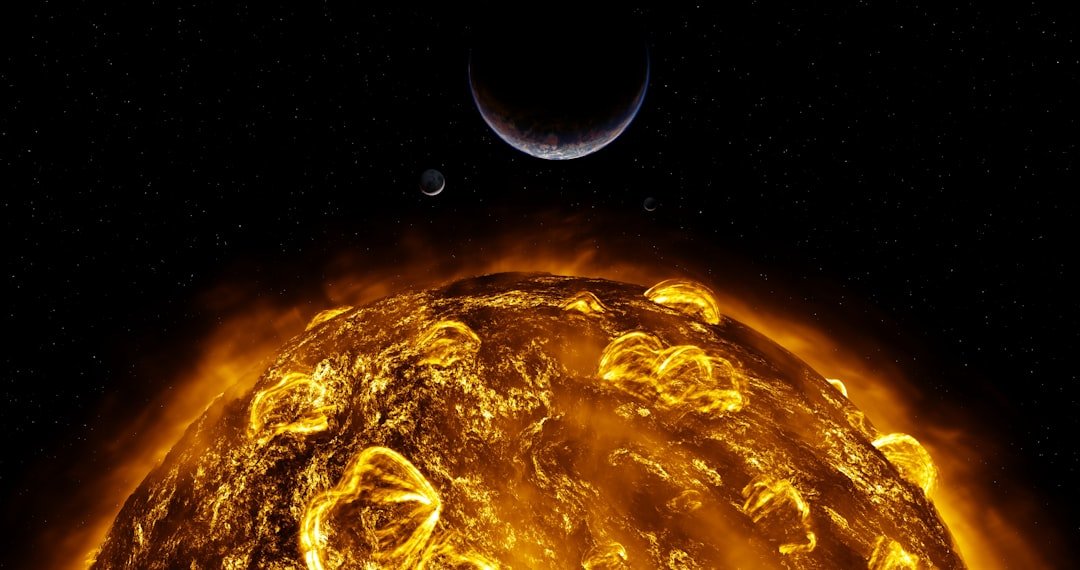
The work of the authors has shown that there are winds of several thousand km/h in the exoplanet’s atmosphere that can transport the elements from the dayside to its nightside. These aren’t gentle breezes carrying water vapor – they’re hurricane-force winds carrying vaporized and other metals across the planet. To put this speed in perspective, the fastest winds ever recorded on Earth barely reach three hundred miles per hour during the most extreme tornadoes. This means that the wind carries the atoms from the dayside to the nightside. The atmospheric circulation on WASP-76b operates like a conveyor belt of molten metal, constantly moving vaporized from the scorching dayside to the relatively cooler nightside. Strong winds carry vapor to the cooler nightside where it condenses into droplets. It’s a planetary-scale metal recycling system that operates continuously.
The Evening Border: Where Magic Happens
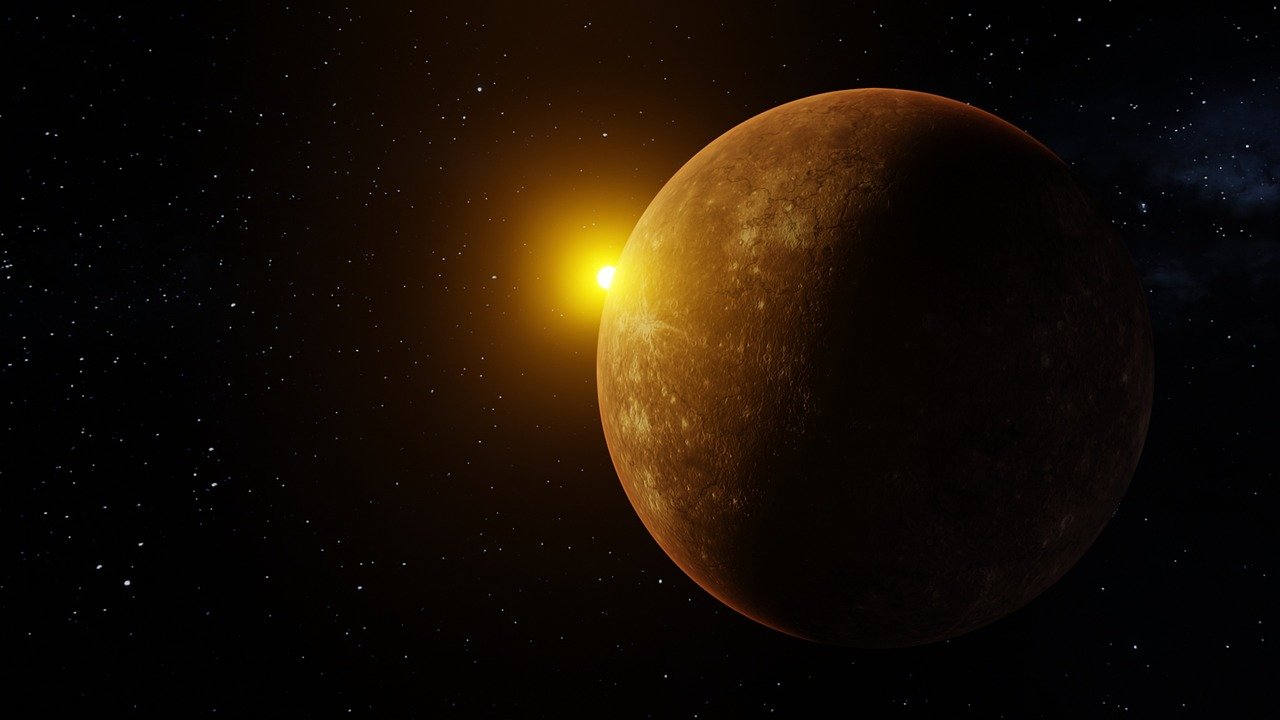
They detected a strong signature of vapour at the evening border that separates the planet’s day side from its night side. “Surprisingly, however, we do not see the vapour in the morning,” says Ehrenreich. This discovery revealed something remarkable about how the rain process actually works on WASP-76b. The evening terminator – the boundary between day and night – acts like a meteorological transition zone where the magic happens. While the atmosphere showed traces of gas where the planet was transitioning toward nighttime, no was detected at the transition from night to day, researchers report online March 11 in Nature. This suggests that, as gaseous on WASP 76b’s dayside swirls toward the nightside – which is almost 1,000 degrees Celsius cooler – the condenses into liquid raindrops. It’s like watching a planetary sunset where instead of beautiful colors, you get a shower of liquid metal.
What Happens to the Rain
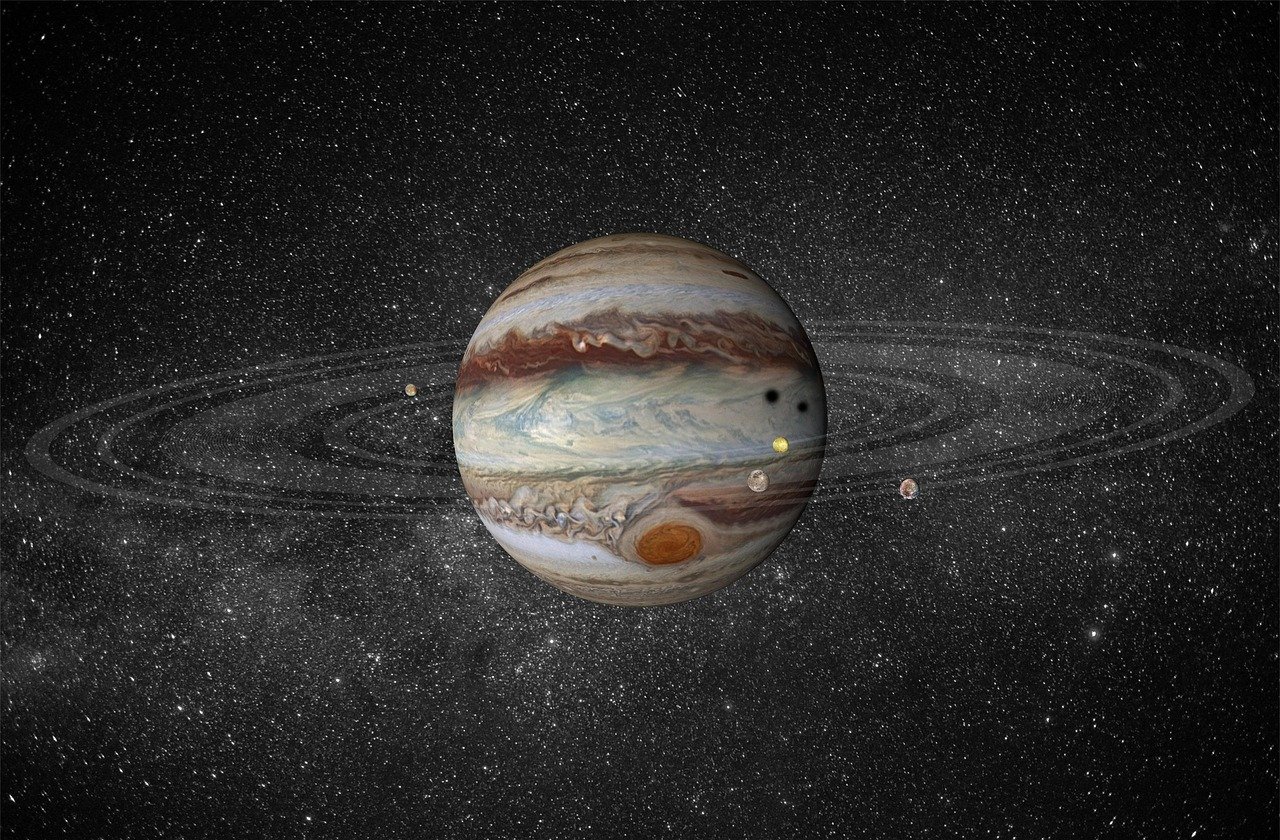
WASP-76b is a gas giant planet, which means that it has no surface on which liquid could accumulate. Drops of will sink into the planet until they reach a higher temperature and vaporize again. This creates a continuous cycle that’s both fascinating and somewhat mind-boggling to imagine. Because those raindrops fall deep into the atmosphere overnight, astronomers don’t see in the atmospheric gas as it moves from night to day. “It’s a giant gaseous planet, so there’s no ground” to get covered in puddles, Ehrenreich says. The droplets don’t splash onto a solid surface like rain on Earth – instead, they fall deeper into increasingly hotter atmospheric layers where they eventually vaporize again and get caught up in the atmospheric circulation system.
Discovery Methods and Recent Updates
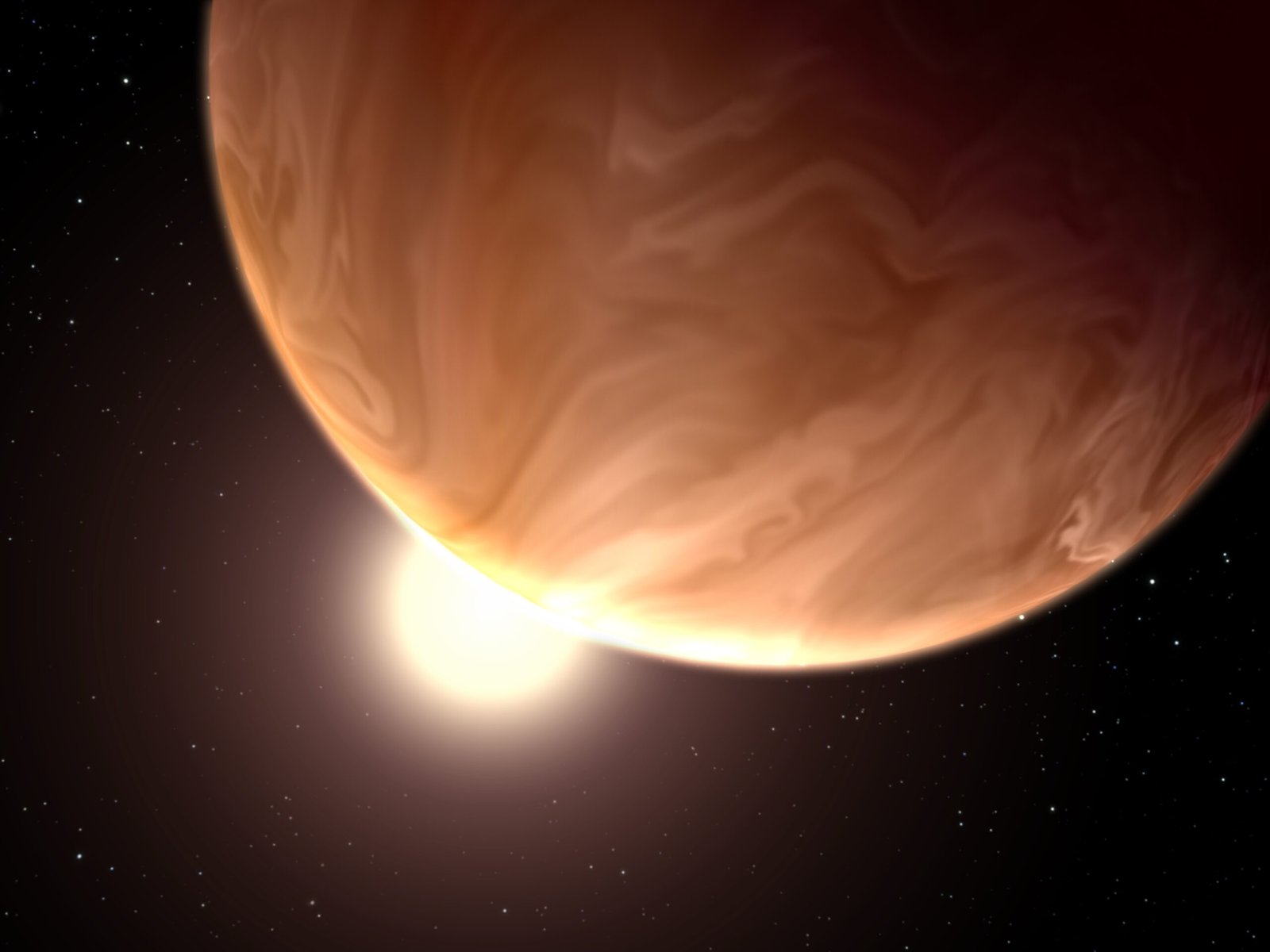
The authors used the ESPRESSO instrument (Echelle Spectrograph for Rocky Exoplanets and Stable Spectroscopic Observations) on the Very Large Telescope located in Chile to study the exoplanet WASP-76b. This represents cutting-edge astronomical detective work, where scientists analyze starlight filtering through planetary atmospheres to determine their chemical composition. In May 2020, the Hubble Space Telescope discovered that the previous spectrum of WASP-76b had been distorted by the light from a companion star. The revised model indicates the presence of a cloudy hydrogen-helium envelope and suggests the absence of previously reported neutral , including ” rain.” However, more recent studies continue to find evidence supporting the rain hypothesis, making this one of the most debated and studied atmospheric phenomena in exoplanet science.
Conclusion
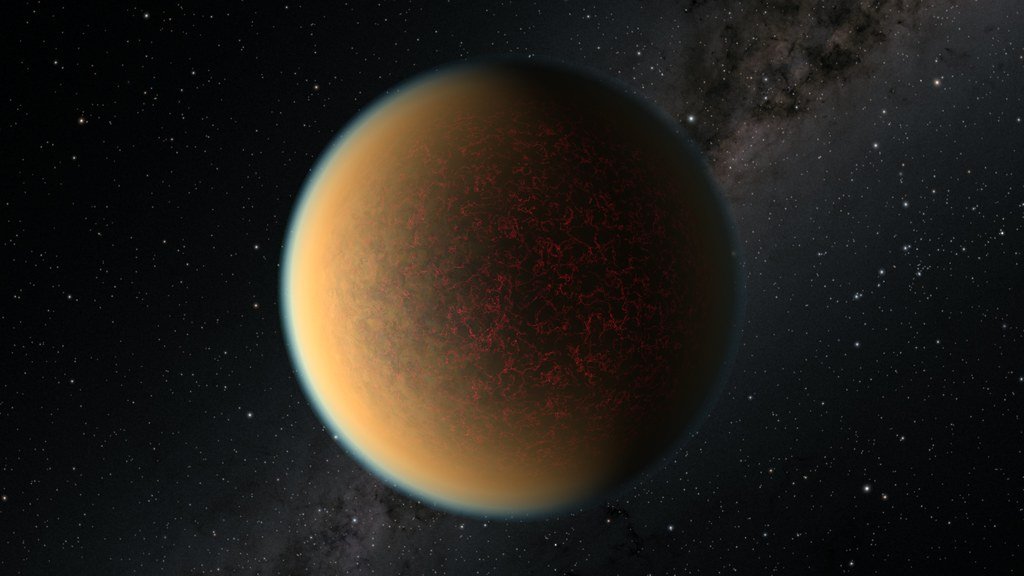
WASP-76b challenges our understanding of what’s possible in planetary atmospheres. This world of rain, extreme temperatures, and metal-carrying winds represents just how diverse and extreme planets can be throughout the universe. While we may never visit this hellish world in person, studying it helps scientists understand the incredible range of conditions that exist on planets beyond our solar system. The discovery of rain on WASP-76b reminds us that the universe is full of phenomena that stretch our imagination beyond what seems possible. From vaporized metals to winds carrying liquid across permanent day and night sides, this planet operates under physical laws that create weather systems unlike anything we experience on Earth. What other incredible worlds are waiting to be discovered out there in the vast cosmic ocean?

